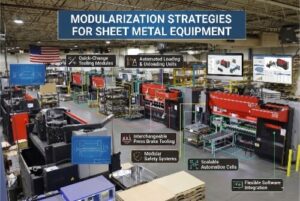
Modularization Strategies for Sheet Metal Equipment
The days of “set it and forget it” production runs are largely behind us. For most of the industry, the reality has shifted to High-Mix/Low-Volume
We regularly update articles related to the manufacturing industry.

The days of “set it and forget it” production runs are largely behind us. For most of the industry, the reality has shifted to High-Mix/Low-Volume
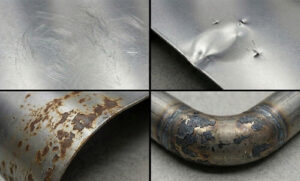
In precision sheet metal fabrication, “subjectivity” is the enemy of profit. A hairline scratch that is perfectly acceptable on an internal structural bracket could be
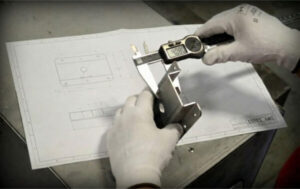
Comparing a machined block to a sheet metal component is like comparing a brick to a spring. Sheet metal is not rigid; it holds stress,
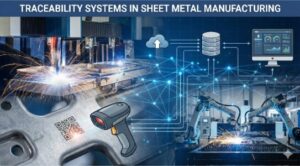
Metal fabrication is a high-stakes game. You deal with tight tolerances, tighter deadlines, and zero room for error. In the past, many shop owners viewed

Manufacturing used to be simple. You designed a product here and purchased the parts at the lowest cost. But the world changed after 2020. Shipping

In manufacturing, every great product starts with collaboration. Yet, between design intent and fabrication execution, a hidden barrier often slows progress — communication gaps. These
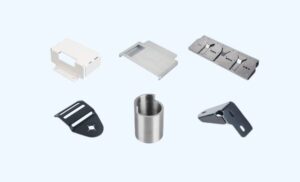
Every engineer knows that no design stays perfect after the prototype. Adjustments are part of the process. However, what many teams overlook is how small

Why RFQ Quality Determines Project Success? A Request for Quotation (RFQ) is more than a pricing form — it’s the foundation of your manufacturing success.
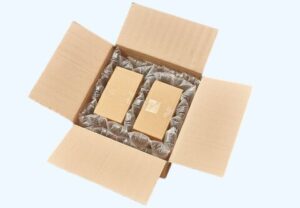
Every sheet metal part tells a story — of precise fabrication, careful finishing, and hours of engineering. Yet, many of these efforts can be undone
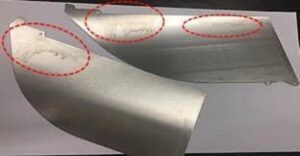
Visual standards serve as a shared language between suppliers and customers, facilitating effective communication and collaboration. They define what is acceptable, what is questionable, and what must be rejected—reducing ambiguity at every step of production.
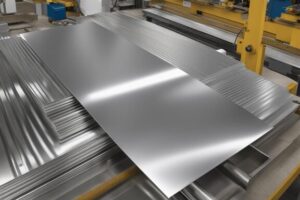
Every ounce counts when designing modern machines. Lighter components help cars move faster, drones fly longer, and robots lift more with less power. In today’s
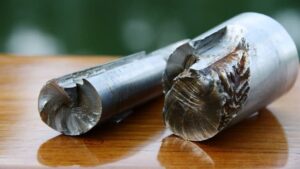
Fatigue failure is the gradual cracking of metal under repeated stress that stays below its yield strength. Each time a part flexes, bends, or vibrates, microscopic changes form inside the metal’s structure. The material weakens little by little until a visible crack forms and spreads.
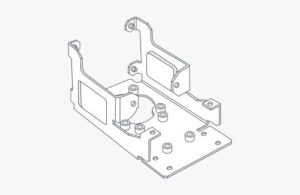
Sheet metal is known for its flexibility, light weight, and cost efficiency. However, these same qualities can also make it vulnerable to bending, vibration, or

When sheet metal parts go through forming processes such as bending, stamping, or drawing, they rarely stay perfectly flat. Internal stresses build up, and the
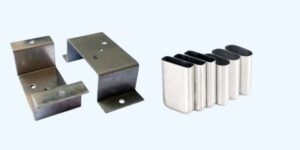
Deep drawing and sheet metal stamping are among the most widely used metal-forming processes in modern manufacturing. Both start with a flat sheet, but the
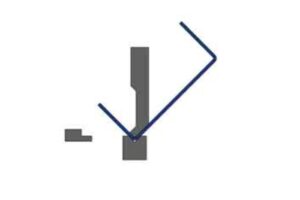
A bending tolerance specifies how much deviation is acceptable in a bend angle or flange length after forming. For instance, a 90° design may result in 89° or 91° once formed. That ±1° difference is the tolerance range. Well-defined tolerances prevent costly mismatches between parts.
We will contact you within 1 working day, please pay attention to the email with the suffix”@goodsheetmetal.com”